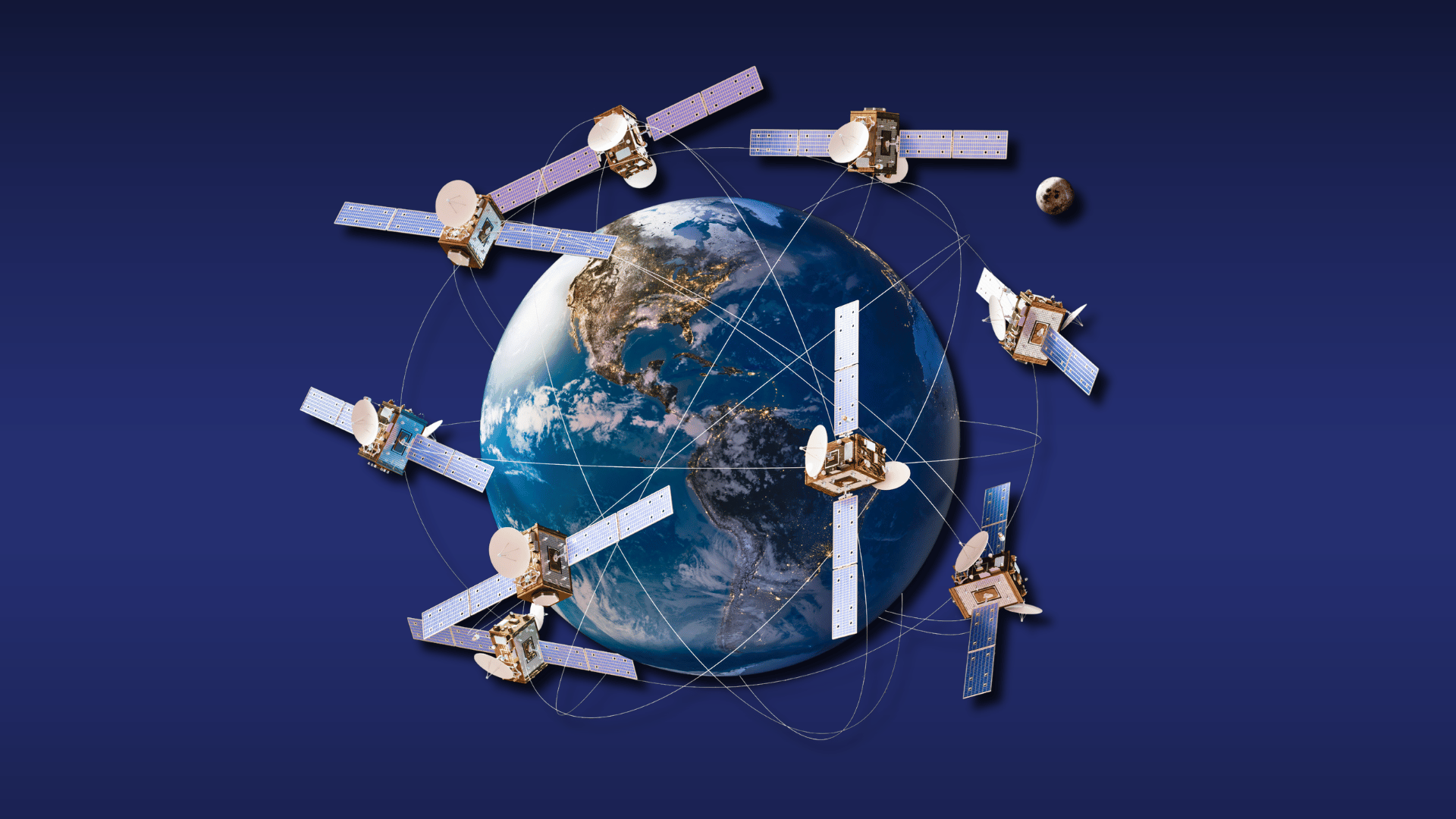
- A green growth project can contribute to sustainable development, but this is by no means a given.
- Characterized by a singular focus on synergies, the concept of green growth neglects unavoidable trade-offs.
- Truly contributing to the sustainable development agenda means that businesses need to abandon an exclusive focus on win-wins by acknowledging and addressing trade-offs.
Development based on “Green/blue growth” must not be confused with sustainable development
“Green growth” and now also “blue growth”, when attention turns to things maritime, have become the new black when discussions turn to consideration of what we will live on in the future. “Green” (by design when used in this context) conjures up an image of nature and this has meant that many incorrectly assume that green growth = sustainable growth, i.e., that green growth, by definition, contributes to redirecting the societal trajectory towards sustainable development. This is simply not the case. I do not deny that there can be instances where a green growth project contributes to sustainable development, but this is by no means a given. Too often, the “green growth” label is applied to projects where the underlying philosophy is “business as usual but now we will make money on the environment”.
Sustainable development is anything but business as usual
Since the 1960s, we have had access to pictures of the Earth taken from space. These show clearly that the Earth has no connection to any other celestial body. In other words, these pictures provide proof that – once we have used the nature resources upon which we are dependent- they will not be replenished. They also show that we can never really get rid of our waste. Plastic in the ocean? Where else would it be when we since the 1950s have known that it is essentially non-degradable and our culture has embraced its one-time use? Climate change? Our society has, since the Industrial Revolution, relied on the combustion of nearly inert solid carbon products which has resulted in an excessive production of carbon containing greenhouse gas waste, including CO2. As in the case of plastic, we cannot see this waste but it is still with us.
Sustainable Development Goals (SDGs)
Despite the emergence of these pictures in the middle of the 20th Century, it was not until 2015 with the adoption in the UN of the 2030 Agenda and the SDGs that a global convention was agreed that acknowledges that the resources upon which we depend are limited. After acknowledging something is limited, one has to address how it is to be shared. In effect, the SDGs can be seen as a vision for how we want to share the Earth’s resources among what will soon be 9-10 billion people – all with a right to development. Thus, the SDGs are relevant for every person, country and company on Earth. Many assume that the SDGs’ primary focus is developing countries but, when it comes to resource (over)use, it is the developed countries that are the greatest sinners.
“Win-Win” AND Lose: Moving from green to sustainable growth
Many companies are implementing the SDGs in their activities – not least of which in their marketing! Their strategies for doing so, however, differ greatly. There are 17 goals in all. That’s a lot to handle so most companies “cherry-pick” a handful of goals against which they see a particular advantage in marketing their products. The 17 SDGs are, however, all inter-connected and must always be seen in relation to one another. When any activity is measured up against the SDGs, there will be positive interactions, i.e., synergies (“win-win”) but also negative interactions, i.e., “trade-offs”. Green growth is characterized by a singular focus on synergies. Cherry-picking SDGs to position a company or its products in the most favourable light is nothing more than green growth by another name. Of course, sustainable development requires that we exploit the synergies that emerge from interactions between the SDGs to their fullest but it also demands that we minimize the trade-offs that emerge. It is easy to appreciate that companies don’t feel they can benchmark against all 17 SDGs but, when they focus only on SDGs that profile synergies and fail to tell the world what they are doing to minimize trade-offs, it is hard to take their commitment to sustainability seriously.

Katherine Richardson is professor and leader of the Sustainability Science Centre at the University of Copenhagen and Member of UN Panel of experts writing the 2019 Global Sustainable Development Report.
Follow Katherine and the Sustainability Science Centre on Twitter.
